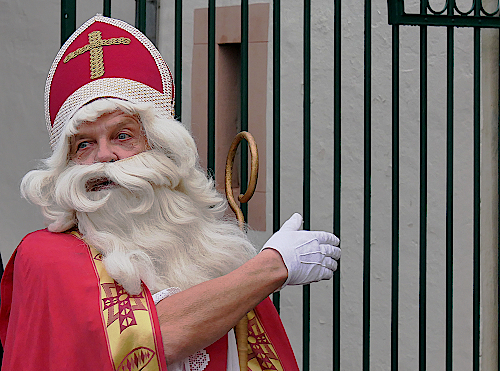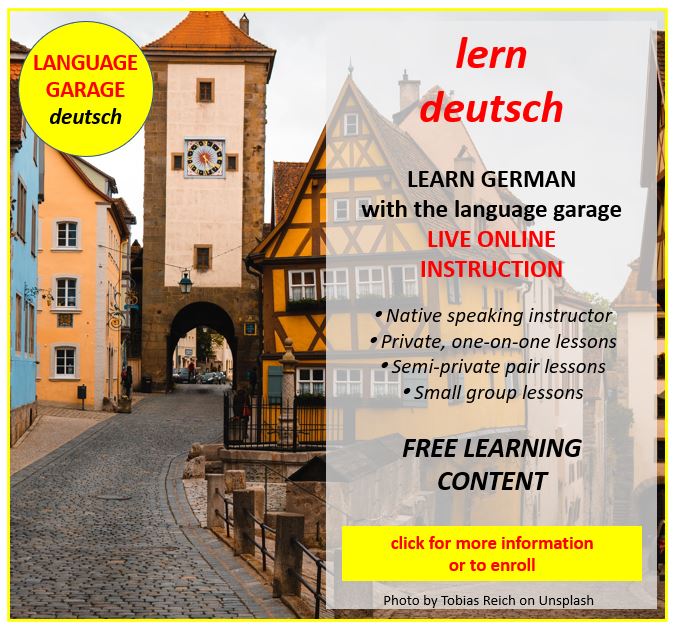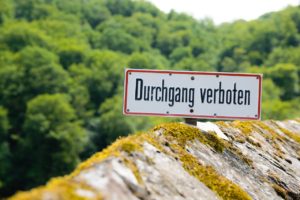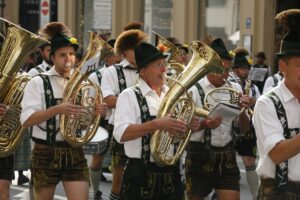Nikolaustag: A Beloved Tradition in Germany, Switzerland, and Austria, with Krampus
People in Germany, Switzerland, and Austria celebrate Nikolaustag, or St. Nicholas Day, on December 6 every year. This celebration includes the scary figure of Krampus. It is a cherished tradition in the German speaking world. St. Nicholas is the historic inspiration for Santa Claus, a.k.a. Saint Nick. He is a revered figure in these countries as the protector of children and a bearer of small gifts. While the core elements of the celebration remain similar, each country has unique customs, legends, and regional variations that make this holiday special.
Germany: Boots, Goodies, and Krampus
In Germany, Nikolaustag kicks off the holiday season, especially for children. The celebrations often begin the night before, on December 5th. On this evening children clean their shoes or place their boots by the door or on a windowsill, eagerly awaiting St. Nicholas’ arrival. According to tradition, St. Nicholas visits the homes of children, leaving treats like chocolate, nuts, oranges, and small toys in their shoes. But of course, these gifts only come to children if they’ve been good!
According to tradition, children who haven’t been so good get a different treatment. One of the key figures that accompanies St. Nicholas in Germany is Krampus. This is a horned creature who embodies the darker side of the holiday. Krampus punishes misbehaving children and is often portrayed as a mischievous or frightening figure. This duality highlights the moral element of Nikolaustag, emphasizing the importance of good behavior.
Some regions of Germany, such as Bavaria, still hold Krampuslauf (Krampus Run) events. During these, people dress as Krampus and parade through the streets, sometimes playfully frightening spectators. In other parts of Germany, particularly in the northern regions, Knecht Ruprecht, a helper of St. Nicholas, accompanies him. Ruprecht, less intimidating than Krampus, serves as a moral figure. He asks children if they’ve been good, and he sometimes carries a switch to symbolize consequences of naughtiness.
In schools and communities, Nikolaustag is a celebrated event, with teachers often organizing small gift exchanges or bringing treats to share with students. German families may also bake special holiday cookies and decorate their homes with candles and greenery to honor the occasion.
Switzerland: Samichlaus and Schmutzli
In Switzerland, St. Nicholas is known as Samichlaus. His celebration has a unique flavor that varies between the French- and German-speaking regions. Samichlaus is typically accompanied by Schmutzli, a character similar to Knecht Ruprecht but with a Swiss twist. Schmutzli is dressed in dark, ragged clothing and often carries a sack. He is the assistant to Samichlaus and represents a figure who guides and counsels children on good behavior.
One notable aspect of Nikolaustag in Switzerland is the tradition of visiting the forest. Here, families sometimes meet Samichlaus and Schmutzli in nature rather than having them visit homes. This meeting is an interactive experience, where Samichlaus may read from his Goldenes Buch (Golden Book.) This book records each child’s good deeds and areas for improvement. Children also recite poems or sing songs in exchange for small gifts, such as fruits, nuts, or gingerbread.
Swiss bakeries and homes prepare for Nikolaustag by baking traditional Grittibänz, bread figures shaped like little men. People typically enjoy these treats with hot cocoa or mulled wine. Swiss communities also hold parades and events, particularly in Zurich, where people gather to celebrate Samichlaus and enjoy the holiday spirit.
Austria: St. Nicholas, Krampus, and the Alpine Mystique
In Austria, Nikolaustag is steeped in Alpine mystique and has a particularly dramatic flair. The celebration combines St. Nicholas with the formidable figure of Krampus, who is even more central to the Austrian tradition than in Germany. On the evening of December 5, Krampusnacht (Krampus Night) takes place. There are parades featuring people dressed in elaborate Krampus costumes, complete with horns, bells, and frightening masks. These parades, known as Krampusläufe, are especially popular in regions like Salzburg and Tyrol. The tradition has ancient roots in these areas.
On Nikolaustag, St. Nicholas makes his rounds, rewarding children who have behaved well with treats like apples, nuts, chocolates, and sometimes small toys. Meanwhile, Krampus may symbolically “punish” the naughty children, often in a light-hearted manner. The presence of Krampus as a counterbalance to St. Nicholas is deeply ingrained in Austrian culture. The two serve as a reminder of the importance of good conduct, and the consequences of bad behavior.
Austrian families celebrate Nikolaustag by exchanging small gifts and gathering for festive meals. These meals often include traditional Austrian treats like Lebkuchen (gingerbread) and Vanillekipferl (crescent-shaped cookies). Schools and community groups organize visits from St. Nicholas, who brings treats and reminds children to be kind and helpful.
A Tradition Rooted in Morality and Community
While the specific customs may vary, Nikolaustag in Germany, Switzerland, and Austria shares a common purpose. That is to encourage good behavior, foster community, and bring joy to children. Whether through St. Nicholas’ gentle guidance or Krampus’ mischievous warnings, the holiday serves as a reminder of the importance of kindness and reflection as the festive season begins. Nikolaustag is not only a day of treats and folklore but also a celebration that enriches the cultural fabric of each region. It preserves age-old traditions while creating new memories for each generation.
Learn German with the Language Garage!
We hope you’ve enjoyed learning about Nikolaustag, or Nicholas Day, in Germany, Switzerland, and Austria. If you’d like to learn German check out our other posts on German language, culture, and more. And if you’re looking for convenient and affordable live German lessons with a real teacher, check out The Language Garage German. Our lessons are given online in a virtual classroom, so it doesn’t matter where you live or work. We can come to you. And we have flexible options, with a free trial so that you can decide if there’s a fit. Check us out!
Image source Wikimedia Commons






